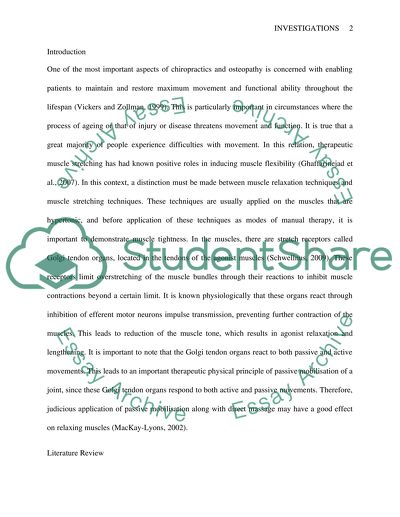Cite this document
(“Post Isometric Relaxation Essay Example | Topics and Well Written Essays - 2250 words”, n.d.)
Retrieved from https://studentshare.org/science/1506674-post-isometric-relaxation
Retrieved from https://studentshare.org/science/1506674-post-isometric-relaxation
(Post Isometric Relaxation Essay Example | Topics and Well Written Essays - 2250 Words)
https://studentshare.org/science/1506674-post-isometric-relaxation.
https://studentshare.org/science/1506674-post-isometric-relaxation.
“Post Isometric Relaxation Essay Example | Topics and Well Written Essays - 2250 Words”, n.d. https://studentshare.org/science/1506674-post-isometric-relaxation.


